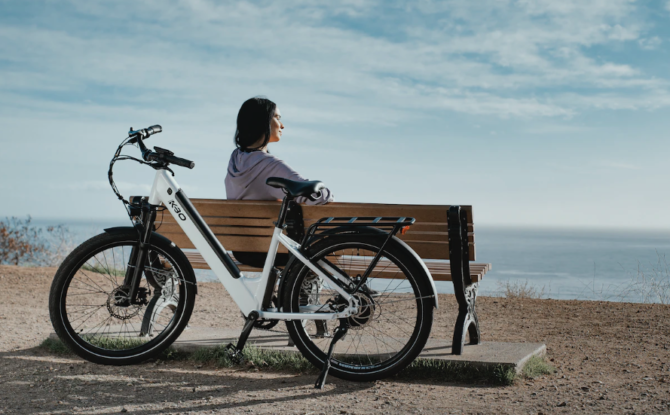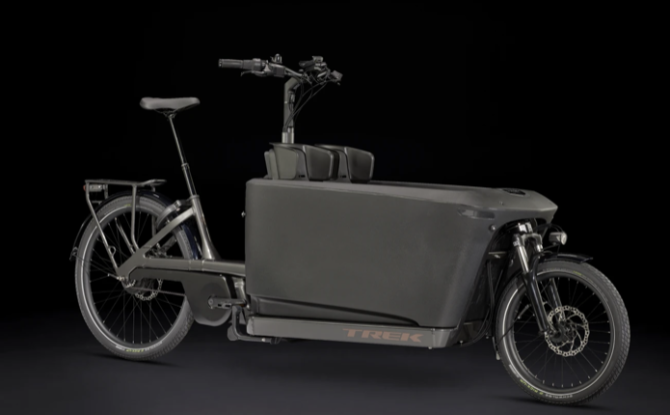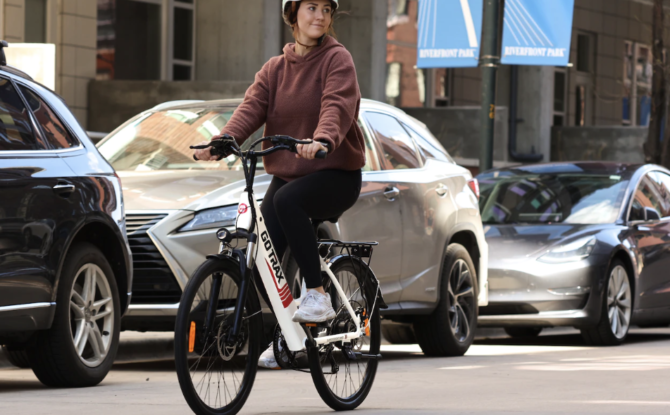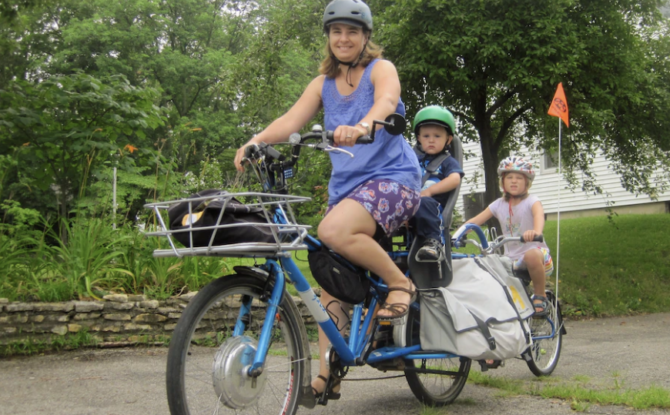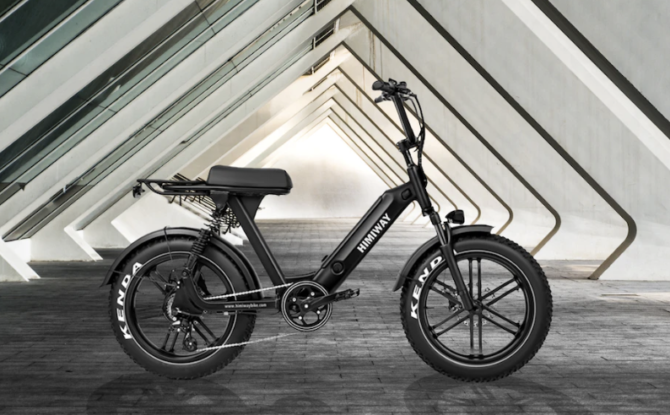From Medium.com
*becoming more eco-conscious*
It sounds fake doesn’t it? Well, also backwards. Riding a bike is supposed to be a healthy move in the right direction. Doesn’t making the bike electric just make it a worse off bike you’d maybe ask yourself?
While I wouldn’t recommend an e-bike for your health needs, assuming you don’t plan on pedaling at all if you have a decent throttle. An e-bike for me has been a great way to stay outdoors. With less time than I used to have and more concern for my own health, I wonder if it’s time to put up my skateboard I used to ride to work and just stick solely to my e-bike.
The electric bike I decided to go with was a Pedal Electric Core 2.0. It’s quite expensive I know, but I figured with not using my vehicle, it makes up for it(I currently have a broken down Ford Focus, one of the worst vehicles in my experience thus far). Obviously it’s not a cost free decision. I still need to pay for the electricity charging my bike as well as the new maintenance that comes with maintaining a bike instead of a car(still need to fix the car).
Getting an e-bike has been a choice of “this will get me by reliably and quickly.” There are better options I’m sure, maybe even cheaper bikes. One of my worries when it comes to the cost of said bike is that you are risking a decent battery.




